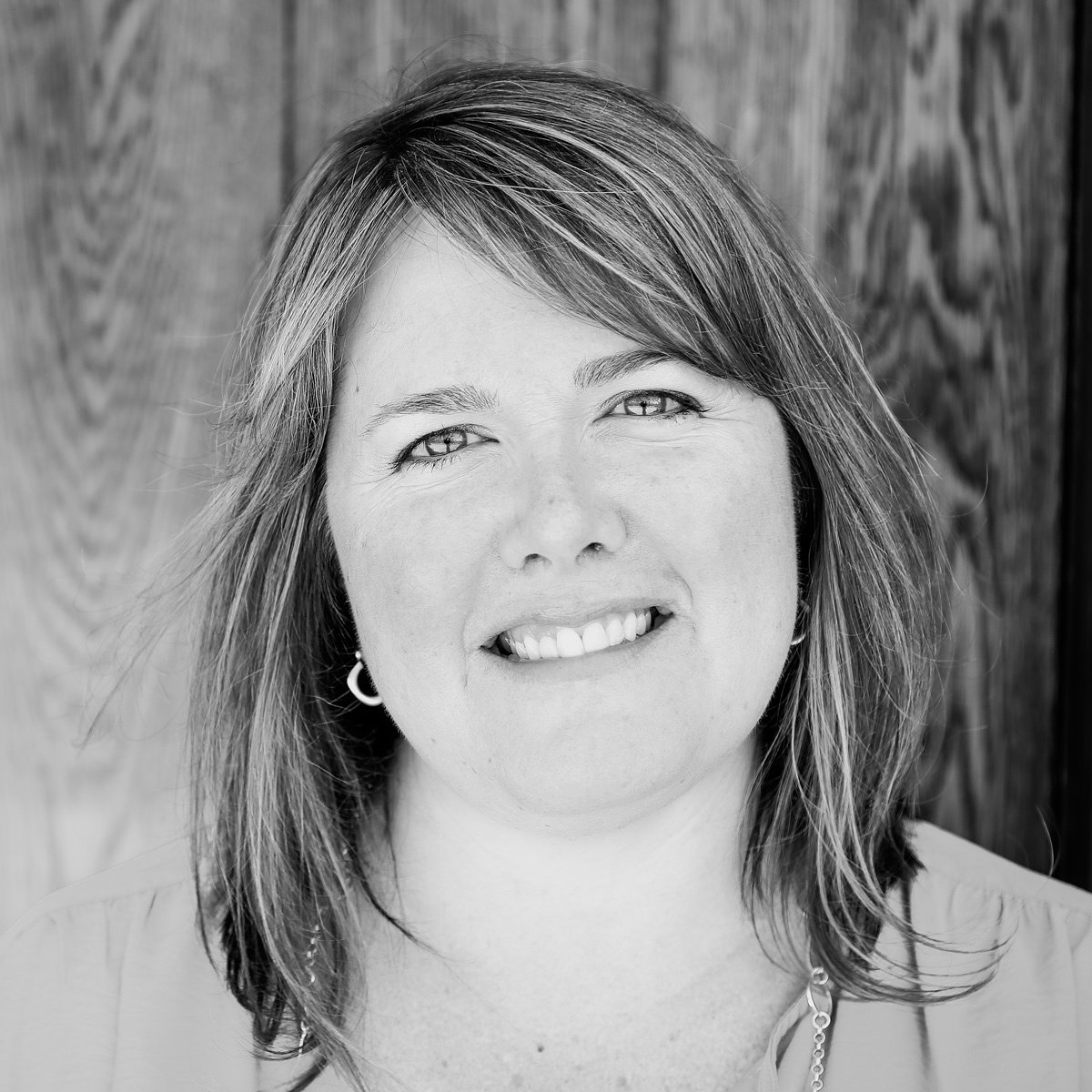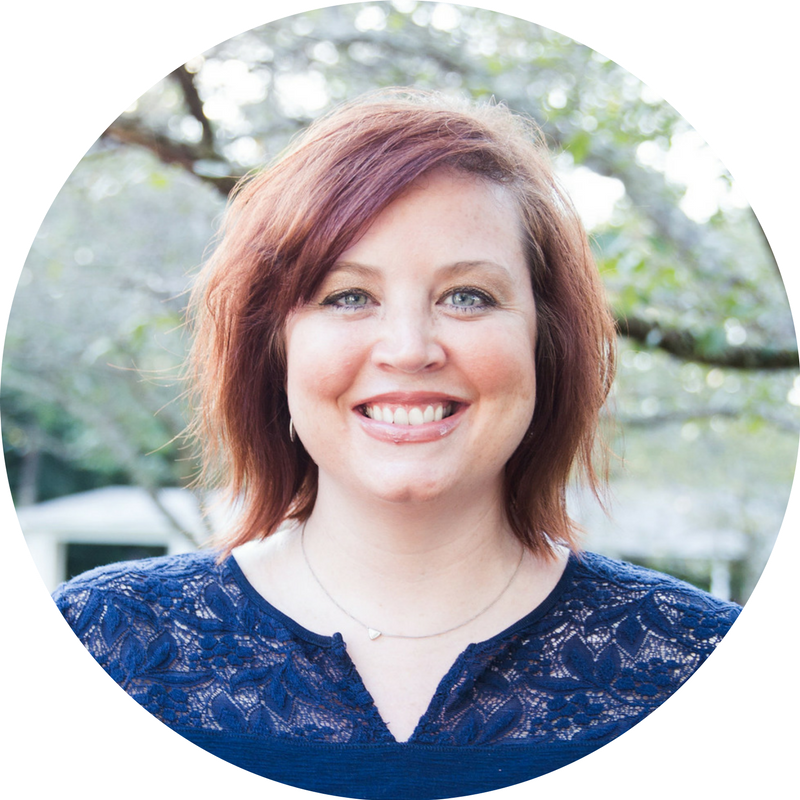Many of the nonprofit leaders I speak to are eager to align with companies for short-term sponsorships or long-term partnerships. And many of the small businesses owners I talk with want to be more charitable. It seems like an easy match, right? Not always.
Nonprofits are more likely to target individual donors or grants before approaching companies. And small businesses aren’t always sure how to implement a giving strategy, so they may only take advantage of opportunities that fall into their lap.
More often than not, it looks like a middle school dance with each occupying their own side of the gym. But I’m hoping to help fix that issue, and one way I’ll do that is by bringing you stories of philanthropy in action. Having an example to follow can not only show you what a for-profit/nonprofit partnership looks like in action, but give you a glimpse of the magic it can create—on both sides.
So, on the eve of International Day of the Girl, I’m beyond delighted to tell you about the successful partnership between Foojee, an outsourced Apple IT department, and Global Village Project, the only school in the country dedicated to educating refugee girls who’ve had their education interrupted.
Lucas Acosta, the owner of Foojee is a long-time friend, and Amy Pelissero, head of Global Village Project, is someone I’ve heard about for years and am glad to finally meet. They are a fantastic case story of what is possible for a local social impact partnership.
Amy Pelissero and a few of the students at Global Village Project
First, we’ll get Lucas’ point-of-view on the partnership, and then bring it home with Amy’s perspective. I loved reading their responses, and think you will too!
Why did you choose to partner with Global Village Project?
Amy and her team have created this education from scratch, and have proven it to be successful with hundreds of refugee girls. They’re doing such impactful work, and I wanted to be a part of it in some way.
Why is this cause important to you?
There are two main reasons why GVP is important to us. Education is near and dear to our hearts at Foojee. We feel that education has an opportunity to improve a life regardless of a child's parents, culture, or religion. Secondly, GVP is focused directly on a segment of our society that is often overlooked: refugee girls. Women, especially in developing countries, are often the last to be recognized and supported, and GVP is solely focused on them.
What are the benefits you provide to the nonprofit?
We provide all of GVPs IT services including Mac and iPad management, networking, and security, and we do it at no cost to them. Why not just give money? We could donate money, but GVP’s efforts are so close to Foojee’s values that we want to offer our strengths to their cause.
What has this partnership done for your internal culture?
We’re not here to just provide IT services. We can use our strengths for good. We’re doing IT work, yes, but we’re here to serve a bigger purpose. We can make a positive impact in our society by our work, and partnering with GVP gives us a tangible way to contribute to our purpose.
Has this partnership benefited you externally, for example with clients or other partners?
We’ve been able to partner with Apple’s volunteer program, which has been a great opportunity for all three organizations. We introduced GVP to our local Apple team and within a few months, Apple employees were volunteering at the school by helping teachers best utilize their iPads and Macs in the classroom.
What is your hope for the future of your partnership with Global Village Project?
My hope is that GVP can continue to assist more girls, and extend their reach into more communities. If Foojee can play just a small part of their success, then I’m happy to continue partnering with them.
Anything else you’d like to add?
Sign up to volunteer! The stories I hear every time I visit just send chills down my back. GVP is on the front lines of restoring hope and building foundations to an underserved segment of our society. Here’s a video we made a couple years ago about the school to learn more.
Lucas Acosta is passionate about Apple technology and people. If it’s got an Apple logo on it, his company, Foojee, makes it work in business and education. Lucas has been converting Windows users since 1993 (at the age of seven).
When he’s not building Foojee, you’ll find him reading about tech and business, crafting fine coffee, running, catching up on his favorite TV shows, or hanging out with his wife, Cristina and their daughter, Emilia.
Here’s what Amy had to say.
Other than simply getting your IT needs managed, how has this partnership benefited GVP? What makes Foojee a good partner?
GVP was connected with Foojee in 2014—just as I was finishing my first year as Head of School—and I feel certain that our partnership has been foundational to the tremendous growth we have seen over the past four years. When we met, GVP was tightly strapped financially, and the pro bono work Foojee provided allowed us to broaden our services and our capacity across the board at a time when we could not otherwise afford to do so.
We were able to invest in new laptops, interactive whiteboards for our classrooms, online assessments and learning platforms for our students, and a STEAM and Career Exploration program because of what they were providing.
Foojee also acted as a powerful connector. They introduced us to Apple Education support services, Apple Store volunteers, and new potential friends and donors through their strong social media presence and the powerful promotional video they produced highlighting our partnership.
In addition to allowing us to expand and strengthen our services and our capacity to do the good work we do, Foojee provided us with knowledge, skills, and leadership that we desperately needed around IT and education.
Our partnership with Foojee has allowed us to build and develop a model STEAM program for refugee teenage girls with limited English and schooling and to enhance our program’s impact. GVP would not have been able to integrate and take advantage of technology in so many powerful ways without Foojee. They have provided invaluable support for our staff and students and directly and positively impacted the lives and learning of our students.
Foojee’s partnership has strengthened GVP in so many ways, including adding strength to our voice, our mission, and our vision of ensuring that refugee girls have the education they need to pursue their dreams. They believe in the work we do, stand beside us, and support us. We know that our strong collaboration allows us to join together to create a bigger impact in our community and dream a better world.
How do partnerships in general benefit both your internal and external culture at GVP?
In August we started our 10th academic year at GVP! Founded in 2009 by a handful of visionary volunteers with big dreams and a very brave first class of 30 students, GVP has become a place where we make a difference and dream a better world, one girl at a time.
Since our inception, we have served 225 refugee girls with limited English and interrupted formal schooling in our all-day academic program. Currently, 37 of our graduates have gone on to graduate from high school and 26 are enrolled in or have graduated from college.
Given that 75% of older newcomer refugee students do not complete secondary school and only 1% of refugees access tertiary education, we are proud to report that 96% of GVP alumnae who completed our program continue their education beyond our school. We depend on partners like Foojee to turn our dreams and our students’ dreams into a reality.
GVP’s founders understood the power of a strong community of support and imagined and created a place where a village of support enabled them to start and sustain a brand new school for refugee girls. GVP is the only school in the nation dedicated to educating newcomer refugee teenage girls.
We are certain that we have been able to make a difference for almost a decade now due to the strength and support we have found in our friendships and partnerships. We rely on our connections and relationships to influence our ways of thinking and doing, and are incredibly humbled by the opportunities our partners have opened to us. Together, we are transforming lives, our work, and our world.
What is your hope for the future of the partnership with Foojee?
I hope that our partnership will continue to develop and deepen with time. I see a future where we generate more recognition for the good work both organizations are doing, where we can help each other increase connections and meet new potential partners, and where the relationship is more evenly balanced.
Foojee has done so much for GVP, and we aim to give back to them in all the ways that we can. Specifically, I hope that we can continue to work thoughtfully and strategically to increase brand recognition and media coverage, to increase sales and funding, to attract new donors, volunteers, and clients, and to inspire change.
What do you wish more for-profit organizations knew about partnering with nonprofits?
Positive collaboration allows organizations to join together and make even bigger strides in bettering their community and improving the world. The end result of this kind of collaborative partnership is that both organizations are stronger.
Working with nonprofits can provide for-profit employees and leaders with a stronger sense of purpose, engagement, and create recognition for the good they are doing. Nonprofit partnership is a worthy and wise investment of resources.
Anything else you’d like to add?
We strongly believe in the power of collaboration and community—and in the power of each one in a partnership to positively influence and impact the other. We are deeply grateful to Foojee for their strong support and for the impact they are making in our school and in our students’ lives each and every day.
Amy Pelissero is the Head of School at Global Village Project, a special purpose school for newcomer refugee teenage girls with limited English and formal schooling. She has more than 20 years of teaching experience with students from preschool through adulthood, and strong ties to the refugee community.
Amy lives in Decatur, GA with her husband and two daughters, and loves reading, writing, travel, live music, and time with family and friends.
PIN THIS POST FOR LATER:
I'm Kristi Porter, and I started Signify to provide writing and consulting services to nonprofits and for-profit organizations with a social mission, primarily through copywriting, marketing, and business communications. I also teach solopreneurs and small businesses how to incorporate philanthropy and giving strategies. I believe that cause-focused organizations are the future of business. You're proof that companies can both make money and do good. And I'm here to help you get noticed and grow. When you succeed, we all win.
















































